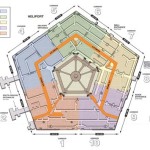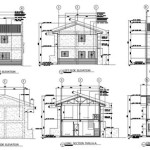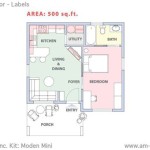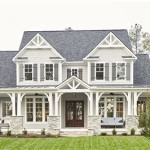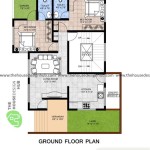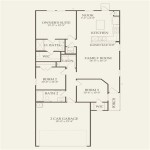Essential Aspects of DIY Bat House Plans: A Comprehensive Guide
Bats are fascinating creatures that play a crucial role in our ecosystem, providing natural pest control and pollination services. However, their populations have been declining due to habitat loss and other factors, making it essential to create bat-friendly environments. Building a bat house is an effective way to provide these beneficial animals with shelter and breeding grounds.
Designing and building a successful bat house requires careful consideration of several key aspects. Here's a comprehensive guide to help you create effective DIY bat house plans:
1. Location
Choose a location that provides the ideal conditions for bats: direct sunlight for at least six hours a day, protection from wind and rain, and a clear flight path. Mount the bat house high off the ground (10-20 feet), facing south or southeast for optimal sun exposure.
2. Size
The size of the bat house depends on the bat species you want to attract. For most North American bats, a house measuring approximately 24 inches wide by 36 inches tall and 3 inches deep is sufficient. Provide two or more chambers to accommodate multiple bats.
3. Materials
Cedar or redwood are the best materials for bat houses because they are naturally resistant to rot and warping. Avoid using treated wood, as the chemicals can be harmful to bats. The exterior should be painted or stained a dark color to absorb sunlight and provide warmth.
4. Ventilation
Adequate ventilation is essential to maintain a healthy environment for bats. Provide several ventilation slots or holes along the top and bottom of the house. This allows for air circulation and prevents overheating.
5. Roosting Space
Bats prefer rough surfaces for roosting, which provides them with traction. Create internal roosting slots or grooves at least 3/4 inch wide and 1/4 inch deep, angled slightly upward to prevent droppings from accumulating.
6. Landing Platform
Provide a landing platform or a roughened surface below the entrance to allow bats to rest before entering the house. This helps them conserve energy and improves their ability to enter the roost.
7. Predators
To protect bats from predators, such as cats and snakes, secure the bat house tightly to a pole or tree using bolts or heavy-duty wire. Position the entrance hole at least 3 feet off the ground and trim any branches or vegetation that could provide access to predators.
8. Timing
The best time to hang a bat house is during the spring or early summer when bats are actively searching for maternity roosts. Avoid disturbing bats during the winter months when they are hibernating.
By following these essential aspects, you can create effective DIY bat house plans that will provide a safe and comfortable environment for bats, while also enhancing your local ecosystem.

Bat House Plans Bird Kits

Bat Houses Mass Gov
Bat House Plan

Bat Houses House Plans Build A Diy

Diy Bat House The Craftsman Blog

20 Diy Bat House Plans Insteading
:max_bytes(150000):strip_icc()/woodlogger-c6ff0a74987c407aaec0e2ae26f49974.jpg?strip=all)
Free Bat House Plans You Can Build Today

How To Build A Bat House Lee Valley Tools

Bathouse

37 Free Diy Bat House Plans That Will Attract The Natural Pest Control And Save Their Lives

